
Best Electric Scooters Of India - Who Promises The Most Range,...
- Jun 6, 2023
- Views : 7320


Ather Energy has released an emission report with data taken from the International Council of Clean Transport (ICCT), addressing the discussion around whether electric vehicles are actually greener and friendlier to the environment than their ICE counterparts. Here are the key points from the report.
It is quite obvious that electric vehicles have no tailpipe emission, which means they produce zero pollutants while running. All it does is drain the battery’s charge to function the motor. On the other hand, the running (functioning) of internal combustion-engined (ICE) two-wheelers are the most polluting bit. An engine takes the fuel and burns it to move the vehicle, which causes a good deal of emissions, as stated below.
|
Emission levels |
110cc ICE |
2.9kWh EV |
|
Tank to wheel |
43.4 g/km |
0 |
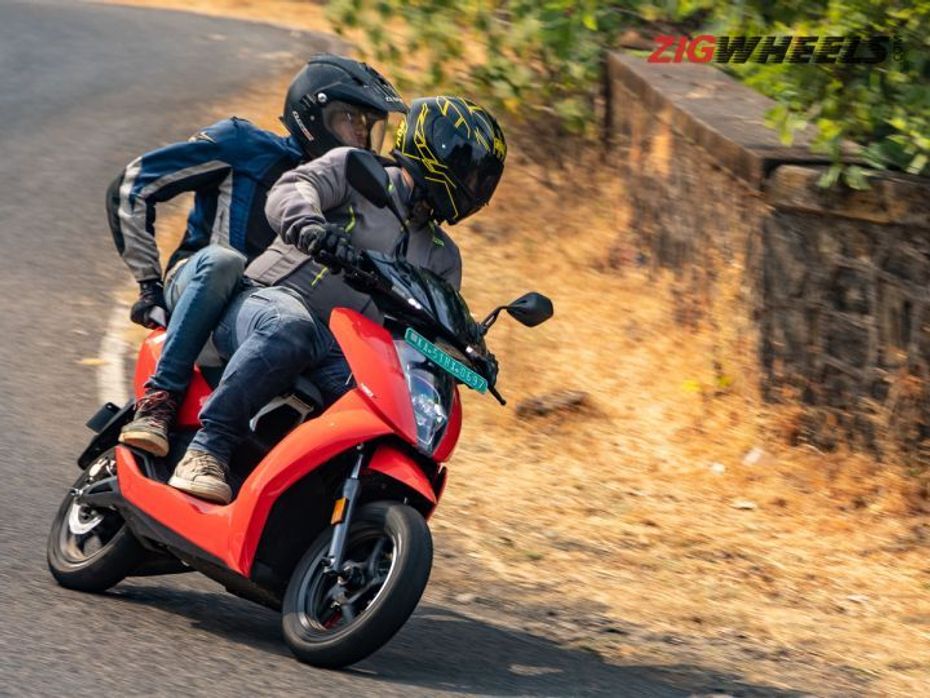
“Well to tank” is basically the process of extracting, manufacturing and transporting the fuel or electricity directly to the fuel tank or the battery of the EV respectively. In this bit, EVs cause more emissions, almost double that of ICEs. This is also because the crude oil to tank process has been running for decades and thus has become vastly more efficient and streamlined now. Where your electricity is generated (for example coal mines), too, plays an integral part.
|
Emission levels |
110cc ICE |
2.9kWh EV |
|
Well to tank |
12.8 g/km |
31.7 g/km |
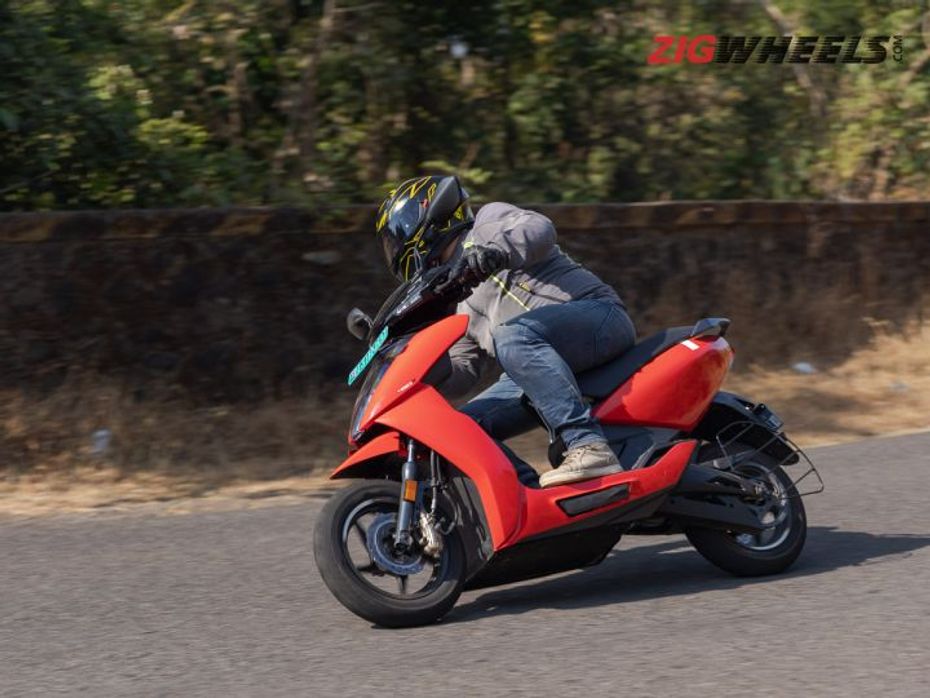
In terms of production and recycling, EVs are more environmentally-friendly and produce less carbon emissions, as you can see in the table. This is also because EVs require less parts and use more recyclable bits. No manufacturing of an engine automatically means lesser emissions.
|
Emission levels |
110cc ICE |
2.9kWh EV |
|
Productions and recycling of vehicle |
4.7 g/km |
4.2 g/km |
While the production of an electric two-wheeler causes less pollution, the manufacturing of an EV battery has its own carbon emissions. One reason for this is that mining for lithium reserves and converting them into a packaged battery too causes a good amount of carbon emissions. However, overall, the life cycle emission levels of an EV is much lesser than that of a petrol-powered two-wheeler.
|
Emission levels |
110cc ICE |
2.9kWh EV |
|
Lifecycle emissions |
7,308 kgs of Co2 |
4,500 kgs of Co2 |

There is also a way in which the production of an EV two-wheeler would make even lesser carbon emissions if we used solar power. The issue with this at present is that it is really expensive to manufacture solar panels and install them. The other issue is that it is sort of impractical as you can only produce the electricity during the day, and it will also be an issue to do the same in areas with bad weather conditions. So all in all, it is a less preferred option, but once the costs for this come down, it will make for a great alternative.
Please note that the emission levels of an EV scooter with a 2.9 kW battery is presented assuming a 12-year usage period.
Lastly, this report gives us a clearer picture of the emissions released in manufacturing, using and recharging/refuelling ICE or EV two-wheelers. It makes it clear that EVs are not emission-free, but relatively much greener than ICEs. So, in relative terms, the march towards electric mobility does seem to be kinder to nature. However, what the planet needs is a more balanced approach that will not only keep emissions and harmful gases to a minimum but also keep our thrill seekers happy.
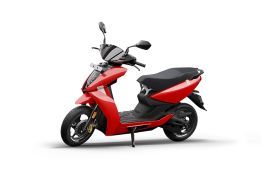

Best Electric Scooters Of India - Who Promises The Most Range,...

Ather Rizta vs Ather 450X/450S/Apex: Which One Should You Buy?

EMPS 2024 Subsidy Announced For Electric Two-Wheelers, Replacing FAME...

Electric Two-Wheelers Price List March 2024: Ather 450X, Ola S1 Pro,...

Ather Energy launches Over The Air Navigation Updates For The Ather...

Upcoming Ather 450X Variant To Have 158km Claimed Range

You Can Get The Ather 450X For Just Rs 1.01 Lakh During This Festive...

Watch An Ather 450X Giving A Tow To A Tata Nexon EV

Incoming: An Electric Family-style Scooter From Ather!
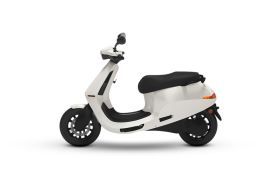 Ola S1 Pro
Ola S1 Pro
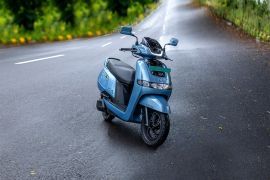 TVS iQube
TVS iQube
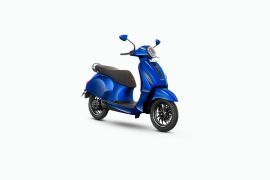 Bajaj Chetak
Bajaj Chetak
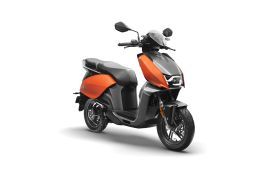 Vida V1
Vida V1
India's largest automotive community